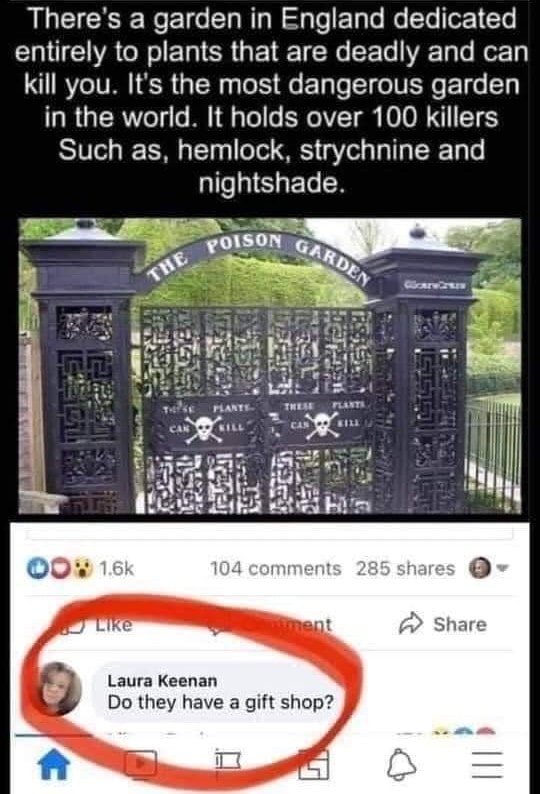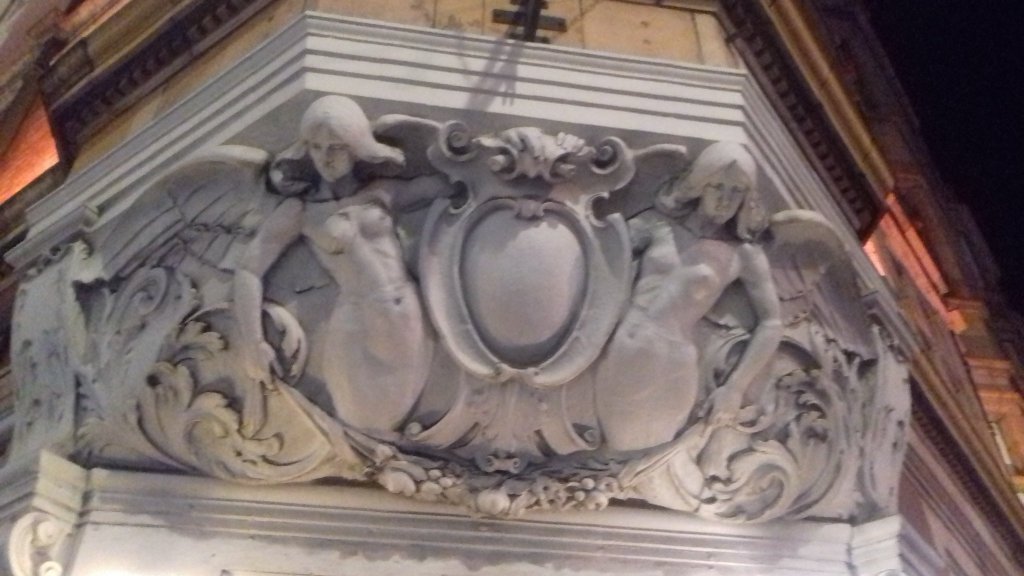Egaeus is the publisher of many beautiful and complex anthologies, edited by Mark Beech. I have the pleasure of contributing a story to their latest, Bitter Distillations: an Anthology of Poisonous Tales. This will be my third outing with them; previously I appeared in Soliloquy for Pan and Murder Ballads. Egaeus books feature evocative art and overall book design that complement the dark and mysterious wonders that lie within.
My story “The Poison Girls” is not about the band by that name. That might be a surprise to some given my love for that wonderful 80s-era feminist anarcho-punk collective. The story does concern a poison garden, funny honey and restless genius locii. Like many of my tales, it evolved from random images and longstanding ideas in response to an editor’s theme.
The first was a door arch sculpture in Southampton Row, Holborn. I was sitting on the top deck of a 59 bus heading back south when the image of two naked winged women drew my eye. I’ve travelled that way many times but it was the first time I saw this sculpture. I found the figures fascinating. I was bemused by their differences from your usual Victorian nude. They have wings but do not appear at all angelic – and I can’t recall any overtly female angels appearing in Judeo-Christian art anyway. These gals are slender and muscular, with rather stern expressions. There’s a sinewy, almost piscine quality to their bodies. I even wondered if they are meant to be some species of winged mermaid without the tails showing.
I googled the figures with no results. It’s only recently that I thought ‘hey, let’s go back there and check the address’. I’ve since discovered that the frieze adorns the arch over the bar of the Bloomsbury Park Hotel. There’s also a blue plaque honouring the conductor Sir John Barbirolli (1899-1970), who was born on Southhampton Row, but I don’t see any connection of the figures with Barbirolli.
The hotel website doesn’t contain any information about the two winged women either. Perhaps the history might actually date from the 1970s. After all, images of thin small-breasted women were a thing in those days though you didn’t see them with wings. In any case, this image continued to nudge at my imagination and I filed it away in the mental data bank.
I’ve also been fascinated by ‘mad honey‘. This is honey produced by bees that gather pollen from a type of rhododendron with toxic and hallucinogenic qualities. This plant dominates the slopes in an area near the Black Sea in Turkey but there are other parts of the world characterised by this kind of monoculture.
Meanwhile, I’ve always wanted to fill in the gaps left at the end of Arthur Machen’s “The White People” where the young diary writer, who was exploring the ‘most secret of secrets’, is said to have ‘poisoned herself in time’. I initially thought it meant she’d been making potions and imbibing them to see visions and cavort with the White People. Maybe I still stand by that interpretation. Eventually, my tale moved on from its Machenesque origins so I suspect that initial fill-in-the gap story may still need to be written.
And finally, the Poison Garden at Alnwick Castle also played a role in the evolution of “The Poison Girls”. I didn’t visit the poison garden during my one stay in Alnwick but I always wanted to find out more about it. I imagined writing a story involving a poison garden like the one at Alnwick, but much more overgrown and wild. I saw it as the garden of a stately home morphed into a public attraction and museum, then closed down due to lack of funding. And then it was eventually abandoned… with the poison garden growing way out of control.
Below is a meme about the Alnwick Castle poison garden that appeared in my Facebook feed. It provoked a few chuckles. Apparently, there really is a gift shop.


